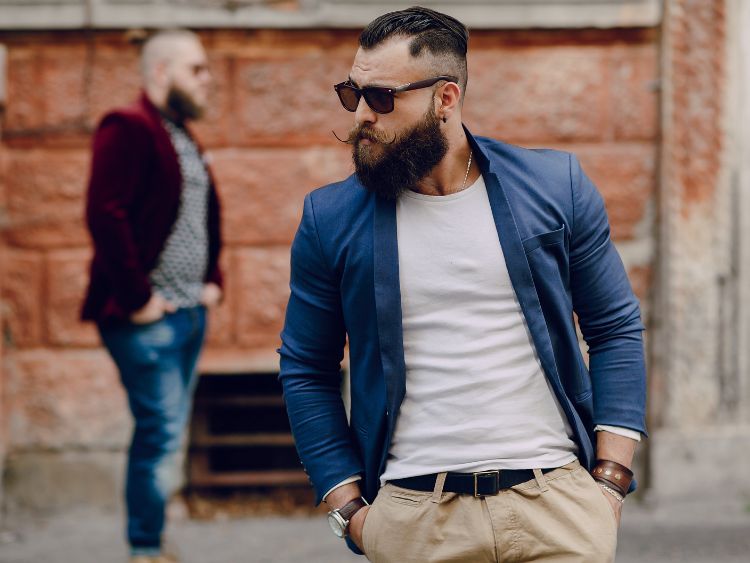The 1960s was more than just a decade; it was an era of bold expression, counterculture movements, and the birth of fashion that left a lasting impact. From the rise of the mini skirt to the mod looks inspired by British youth, the ‘60s redefined what it meant to be stylish. In this article, we’ll explore the vibrant world of 1960s fashion, focusing on key trends, iconic designers, and the cultural shifts that shaped the clothes we still admire today.
The Bold Beginning: A Shift in Style
The 1960s marked a drastic departure from the conservative styles of the ‘50s. The fashion scene shifted from structured silhouettes and pastel tones to bright colors, geometric patterns, and shorter hemlines. But what sparked this revolution?
Youth culture was at the heart of this transformation. Teenagers and young adults were no longer content to follow in their parents’ footsteps. Instead, they demanded a style that matched their rebellious spirits and desire for freedom. London quickly became the epicenter of this new wave of fashion, with designers like Mary Quant and models like Twiggy leading the charge.
Key Fashion Trends of the 1960s
- Mini Skirts: The Shorter, the Better Perhaps one of the most iconic pieces of 1960s fashion was the mini skirt. Designed by Mary Quant, the mini skirt became a symbol of women’s liberation and youthful rebellion. Skirts that once hovered modestly below the knee were now scandalously short, often hitting mid-thigh. Quant’s designs were colorful, playful, and effortlessly chic—perfect for the modern woman on the go.
- Mod Fashion: A Movement in Itself Mod, short for modernist, was a British subculture that influenced everything from music to fashion. It was characterized by clean lines, bold colors, and geometric patterns. Men wore slim-cut suits, often in plaid or checkered fabrics, while women embraced boxy dresses, shift silhouettes, and striking accessories like oversized sunglasses.
- The Rise of the Hippie Movement Toward the end of the decade, fashion took a softer turn as the hippie movement gained momentum. Flowing maxi dresses, bell-bottom pants, and tie-dye prints became popular. Earthy tones, natural fabrics, and handmade accessories reflected the growing interest in environmentalism and anti-establishment sentiments.
- Go-Go Boots: Dancing into the Future Go-go boots were another trend that defined 1960s fashion. Typically white and knee-high, these boots were a must-have for any woman looking to make a statement. They were often paired with mini skirts or shift dresses, creating a futuristic look that was both daring and fun.
- Bold Patterns and Bright Colors Whether it was polka dots, stripes, or psychedelic prints, bold patterns were everywhere in the 1960s. Vibrant colors like hot pink, electric blue, and sunny yellow dominated the fashion scene. Gone were the muted tones of the past; this was an era that celebrated standing out.
Iconic Designers of the 1960s
The 1960s wouldn’t have been the same without its pioneering designers who dared to push boundaries. Here are a few who left their mark:
- Mary Quant: The designer behind the mini skirt, Quant was a driving force behind the mod movement. Her designs were youthful, playful, and affordable, making high fashion accessible to the masses.
- André Courrèges: Known for his futuristic designs, Courrèges introduced the world to the “space age” look. His sleek, minimalist designs featured A-line dresses, geometric shapes, and metallic fabrics.
- Yves Saint Laurent: While many associate Yves Saint Laurent with timeless elegance, his 1960s work was groundbreaking. He introduced the “Le Smoking” tuxedo suit for women, which redefined the boundaries of gendered fashion.
The Influence of Music and Pop Culture
No discussion of 1960s fashion is complete without mentioning the profound impact of music and pop culture. Bands like The Beatles and The Rolling Stones weren’t just musical innovators—they were style icons. Their sharp suits, mop-top haircuts, and later, more relaxed bohemian looks influenced fans worldwide.
The television show Ready Steady Go! became a must-watch for anyone interested in the latest fashion trends, while models like Twiggy and Jean Shrimpton graced the covers of fashion magazines, embodying the youthful, carefree spirit of the era.
The Cultural Impact of 1960s Fashion
What made 1960s fashion so revolutionary wasn’t just the clothes themselves—it was what they represented. Fashion became a means of self-expression, a way for people to challenge societal norms and make bold statements. The mini skirt wasn’t just a new style—it was a symbol of women’s independence. Mod fashion wasn’t just a trend—it was a reflection of a new, modern worldview.
The fashion industry also became more accessible. For the first time, high fashion wasn’t just for the elite. Thanks to designers like Mary Quant, anyone could look fashionable without spending a fortune.
FAQs about 1960s Fashion
Q: What were the most popular accessories in the 1960s?
A: Accessories like oversized sunglasses, headscarves, and bold jewelry were all the rage. Women often wore large hoop earrings or chunky necklaces, while men sported skinny ties and fedora hats.
Q: Why were mini skirts so controversial in the 1960s?
A: The mini skirt was seen as scandalous because it revealed much more skin than what was traditionally acceptable at the time. However, it quickly became a symbol of liberation and modernity for young women.
Q: How did the hippie movement influence fashion?
A: The hippie movement brought about a more relaxed, natural style. Clothing became less structured, with flowing fabrics, earthy tones, and handmade accessories reflecting the movement’s anti-materialist and environmental values.
Q: Was 1960s fashion the same around the world?
A: While London and the U.S. were the main hubs of 1960s fashion, trends spread globally. Each country added its own cultural twist to the styles, but the youth-driven revolution in fashion was universal.
Conclusion
The fashion of the 1960s was more than just a shift in style—it was a revolution. The decade’s clothing trends, from mini skirts to mod fashion, mirrored the societal changes happening at the time. With youth at the helm, the ‘60s brought a fresh, modern approach to fashion that was bold, daring, and full of personality. It wasn’t just about what you wore, but what your clothes said about who you were.







